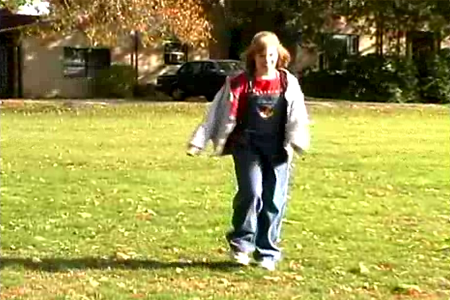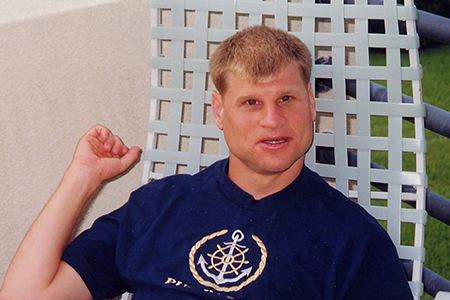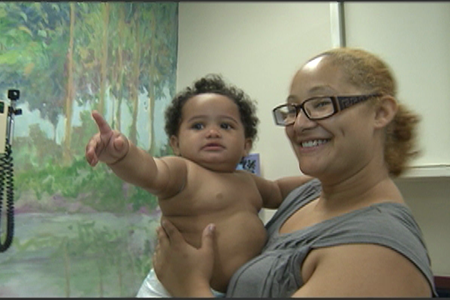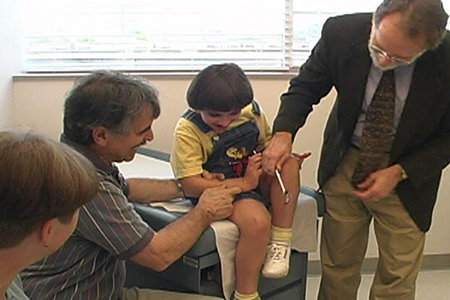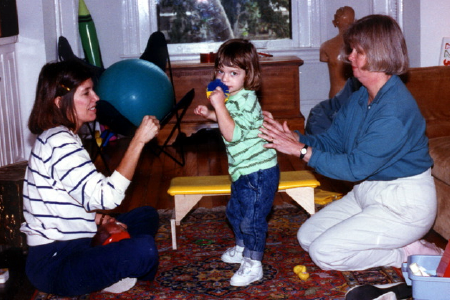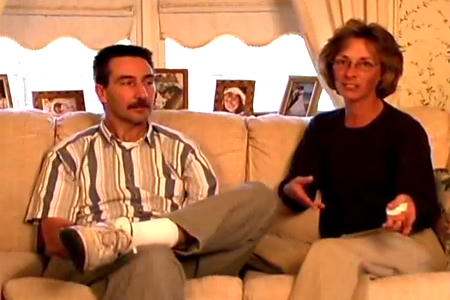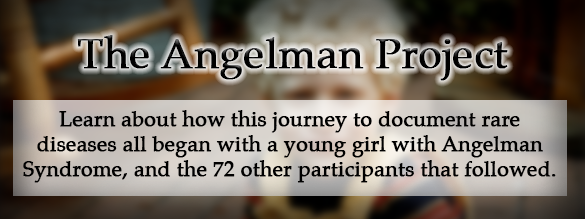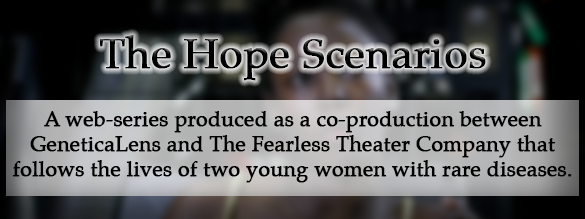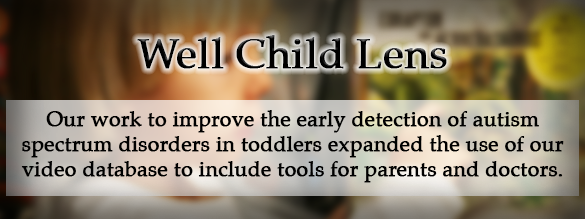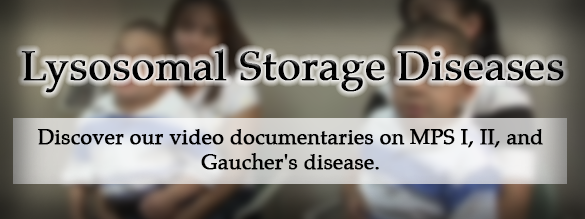The SEE System is a proprietary protocol developed by GeneticaLens (GL), a video production, information services and software development company that specializes in the creation of web-based video databases, interactive tools and other resources to facilitate the detection and treatment of rare genetic and difficult to diagnose developmental disorders. It was founded more than two decades ago by Louise Tiranoff, Ph.D., an award-winning documentary filmmaker, and employs a team of filmmakers, film editors and web developers at its headquarters in Brooklyn, New York.
SEE System projects thus far include the rare disorders Angelman Syndrome, Mucopolysaccharidosis (MPS) Types I and II, Gaucher Disease, Sickle Cell Disease and Familial Dysautonomia, as well as Autism Spectrum Disorder, which is not rare but is difficult to diagnose at an early age. The Angelman and Autism projects were funded by grants from the National Institutes of Health.
GeneticaLens is now exploring working with researchers to create Video Natural Histories (VNH) of rare disorders to help accelerate the development of outcome measures and biomarkers for use by scientists and companies seeking to develop drugs or other interventions for rare disorders.
The system involves:
SEE System projects thus far include the rare disorders Angelman Syndrome, Mucopolysaccharidosis (MPS) Types I and II, Gaucher Disease, Sickle Cell Disease and Familial Dysautonomia, as well as Autism Spectrum Disorder, which is not rare but is difficult to diagnose at an early age. The Angelman and Autism projects were funded by grants from the National Institutes of Health.
GeneticaLens is now exploring working with researchers to create Video Natural Histories (VNH) of rare disorders to help accelerate the development of outcome measures and biomarkers for use by scientists and companies seeking to develop drugs or other interventions for rare disorders.
The system involves:
|
Filming video of individuals with rare diseases in naturalistic settings (i.e., their homes, workplaces, schools), as well as interviews with experts, family, and caregivers. Reviewing and logging footage with experts, and editing them into short clips and longer segments. These clips are all reviewed by experts for accuracy. Creating expert-validated keywords and tags for each video to be entered into the database. Videos are searchable in a variety of ways, including by disease, symptoms, type of video, age of participant, and individual cases over time. Allowing secure access for multi-disciplinary teams including researchers, clinicians, therapists and families. Providing resources and tools for patients and caregivers to learn more about different diseases. |
Videos in the database document a range of issues, including:
|
Features of the Disease Videos can show real-life symptoms of a disorder in naturalistic settings, far more effective than text descriptions. This can be invaluable in helping to make new diagnoses, teach doctors about an unfamiliar disease, and make connections and comparisons between the symptoms of different cases or even different disorders. |
|
Changes Over Time Multiple videos of the same individual can be used to track subtle changes over time, creating a video natural history of an individual. We can learn a lot about the course of a disease by observing these changes. This can also be a valuable way to document changes after interventions. |
|
Impact of Diseases and Interventions on the Individual & Quality of Life Videos are useful tools for documenting patient reported outcomes, and showing the real-life impact of symptoms and interventions on individuals' daily living and quality of life. This allows therapists, researchers, doctors, and other experts to be face-to-face with real people living with the disease. |
|
Detection Methods Just searching for a diagnosis can be an enormous obstacle for many families, preventing individuals from receiving life-altering therapies and medications. Learning about the signs of a disease, the different methods used to detect it, and hearing stories about how families got their diagnoses, can be highly valuable. |
|
Stories from Family Members, Caregivers, & Experts Many people can feel overwhelmed and isolated when they receive a rare disease diagnosis. One of the most valuable things video can do is provide support for families in this situation, showing them that they aren't alone, and that their experiences have a lot in common with those of other families. We all have a lot to learn from each other. |
OUR GOAL
Create a video database of all 7000 rare diseases.
Why is it important?
A rare disease is a condition that affects fewer than 200,000 people in the
United States. There are 7,000+ identified rare diseases.
All together, these rare diseases affect
25 to 30 million Americans.
United States. There are 7,000+ identified rare diseases.
All together, these rare diseases affect
25 to 30 million Americans.
According to the FDA document Rare Diseases: Natural History Studies for Drug Development, Guidance for Industry: “Most rare diseases have no approved therapies, and thus, overall, this presents a
significant unmet public health need.”
People living with rare diseases face many challenges. In addition to the lack of treatments, many people experience long delays in getting a diagnosis, and can end up isolated from the communities they live in.
significant unmet public health need.”
People living with rare diseases face many challenges. In addition to the lack of treatments, many people experience long delays in getting a diagnosis, and can end up isolated from the communities they live in.
Why video?
Video provides a baseline of the “typical” or the not-so-typical behaviors, allowing comparisons between different “states” so that when there are changes – the extent and impact of the changes are clearer and verifiable.
Video brings the list of symptoms to life, providing concrete examples to clarify subjective statements.
Video is more easily be shared by health care professionals and parents and many related users (therapists, teachers, specialists…). Technical text descriptions of symptoms which are unfamiliar – can be mystifying without images and video.
Explore More of the SEE System
